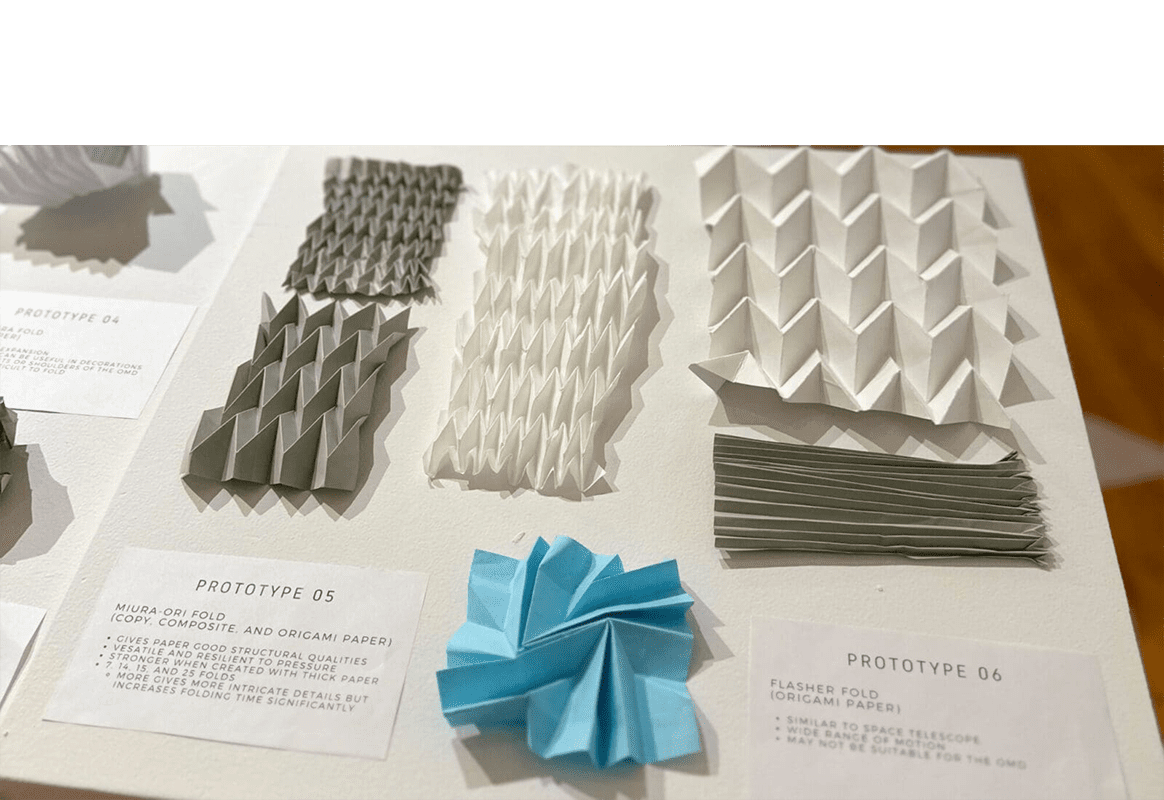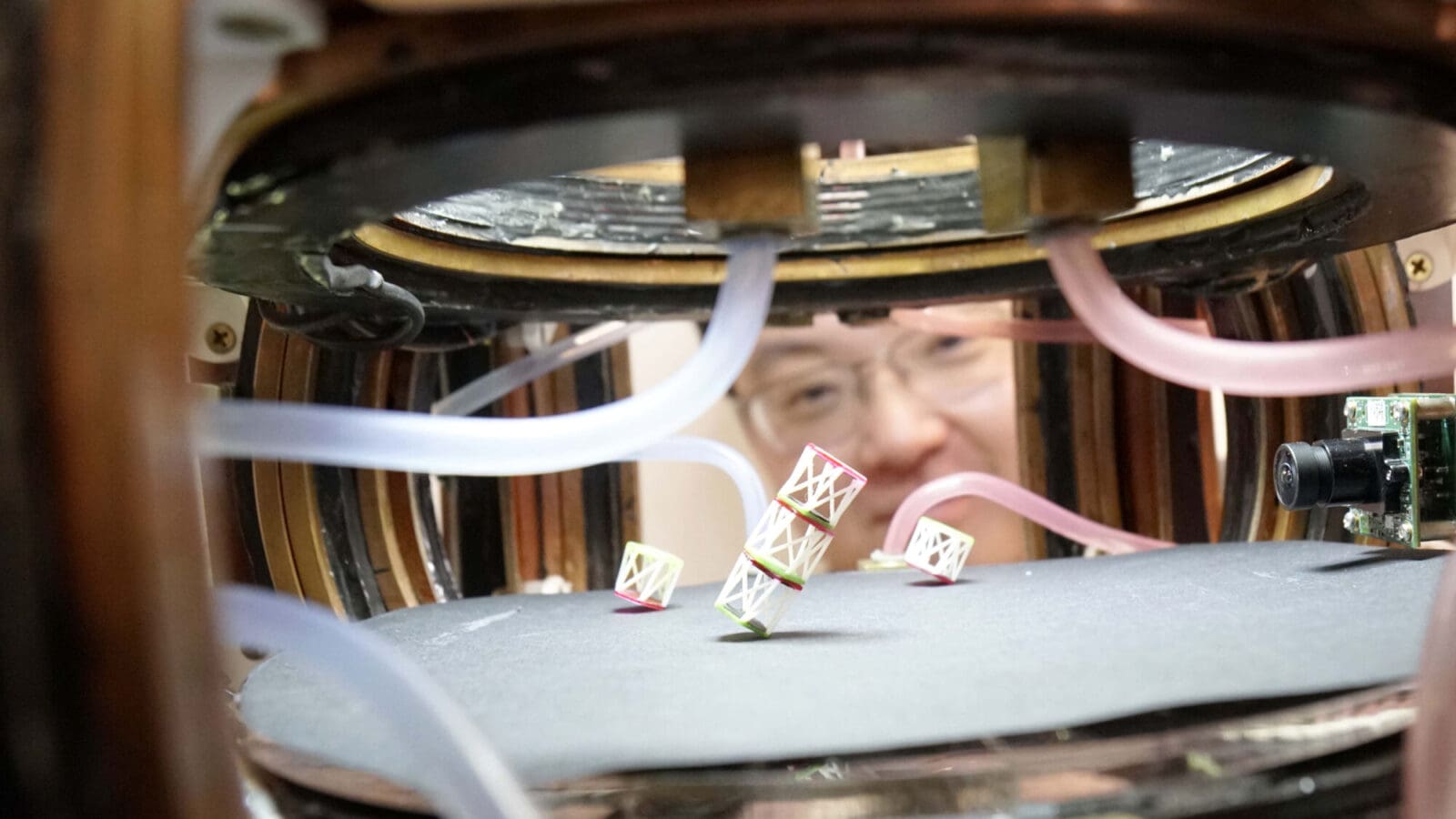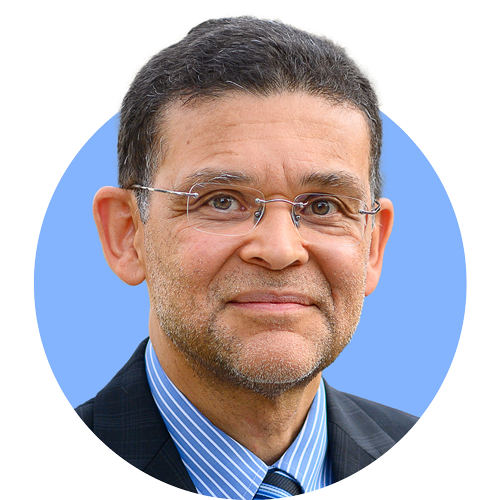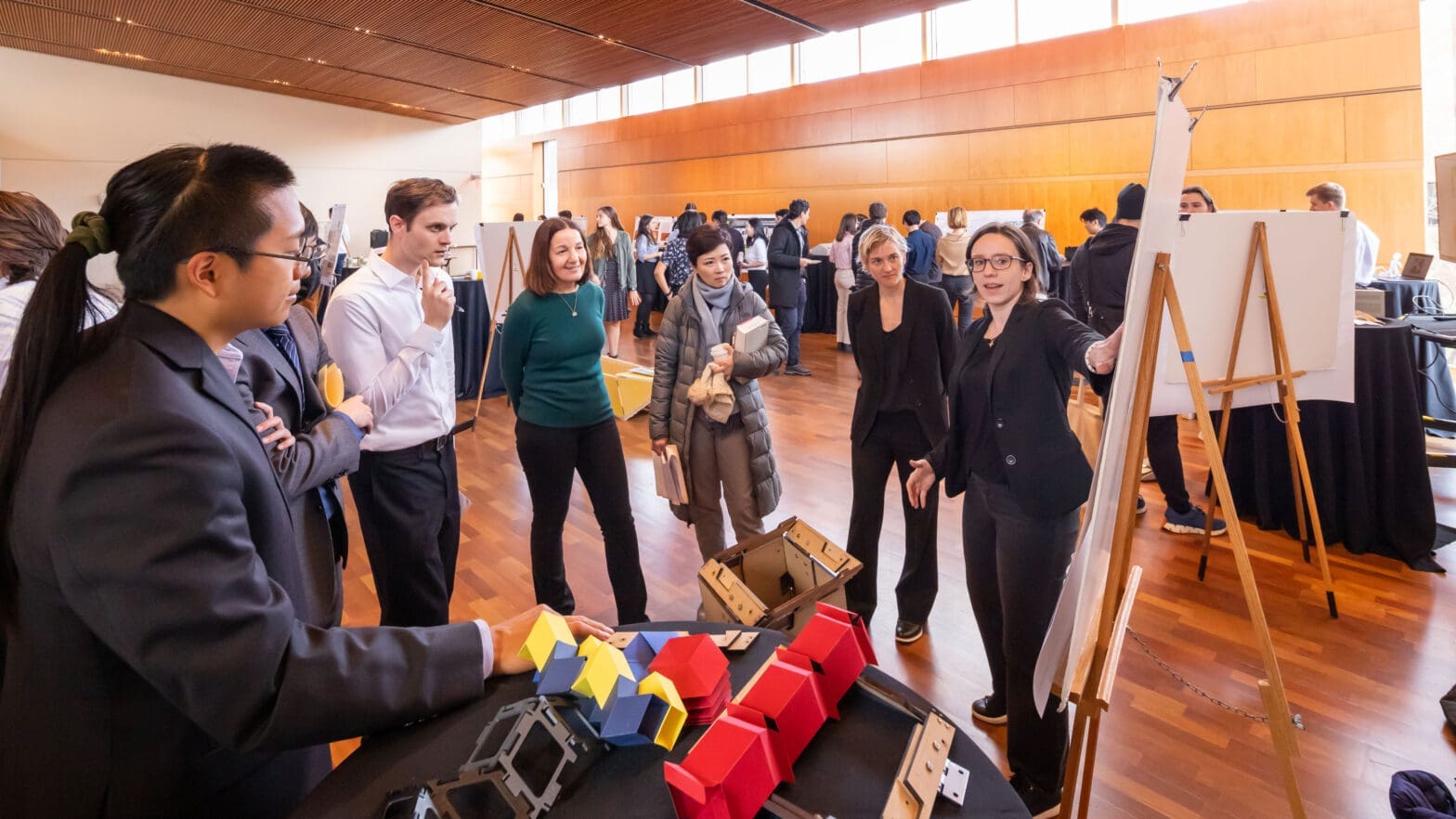
Art was folded with tech at the Origami Engineering show
By
on
“Origami always brings to mind paper cranes, but there are so many real-world applications it can be used for,” said sophomore Connor Neill, who was part of a team presenting a plan for a wooden, pop-up origami staircase. “I was amazed by how much you can experiment with origami for different purposes. I’m also taking an architecture class where we use laser cutting and casting, so I’ve been able to transfer some of my skills to that.”
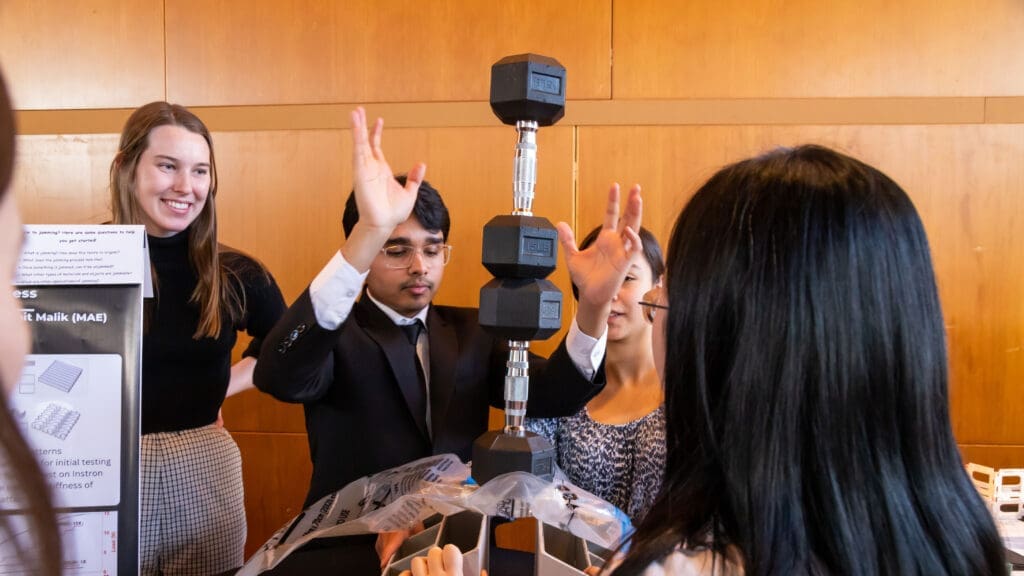
The show, held Dec. 19 in the Carl A. Fields Center, is the culmination of the origami engineering course taught by Paulino, the Margareta Engman Augustine Professor of Engineering. He previously taught the course at Georgia Tech and continued it at Princeton when he joined the faculty last year. The course, with graduate and undergraduate sections, draws students from disciplines across the University.
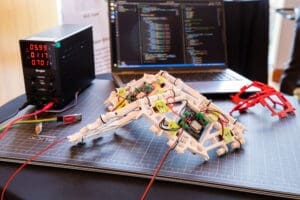
Kitty Gingell, a senior majoring in chemical and biological engineering, is working with Paulino and Emily Davidson, assistant professor of chemical and biological engineering, on her thesis, which involves creating origami structures using polymers as hinges that fold or unfold in response to heat. She was part of a team presenting an origami crash box designed to absorb the impact of a collision involving a vehicle or similar device.
Tim Gubskiy, a fellow team member, said his participation in the Princeton Racing Electric Team sparked his interest in the project.
“I was interested in how we could use origami to improve the impact attenuator in a vehicle like a race car,” said Gubskiy, a senior majoring in electrical and computer engineering. “They’ve been saving a lot of lives for a long time, but I wondered whether we could make them smaller and lighter, and constructed in a way that would more consistently deform upon impact.”
The course encourages students to move beyond theory and computation and to work with their hands. Each team’s display included models and working prototypes as well as posters explaining the math behind the design.
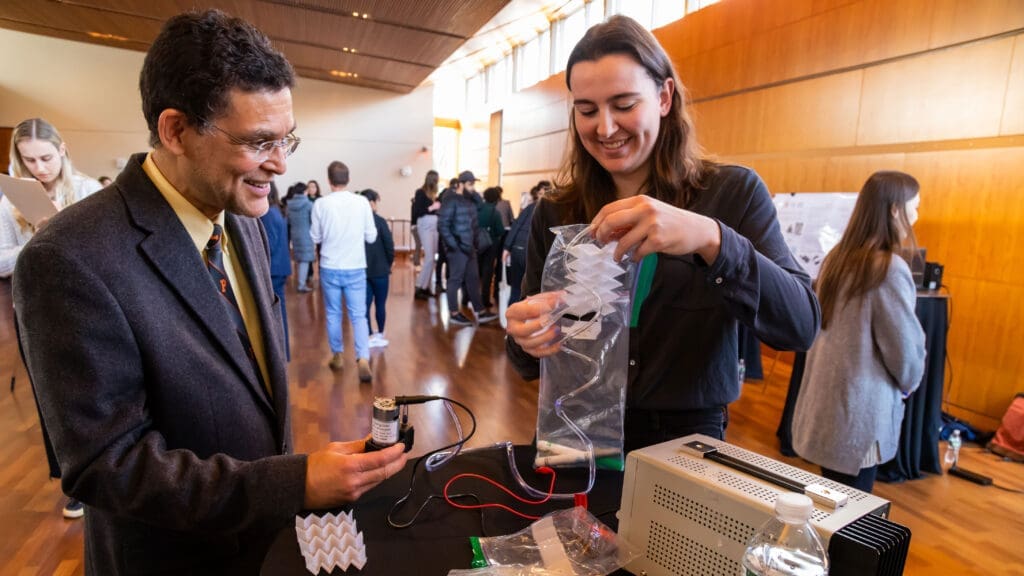
“The course is very hands-on. We play with origami structures in class while we’re learning,” said Avery Luoma, a senior majoring in civil and environmental engineering. For her project, Luoma, a pre-medical student, designed an artificial muscle that could be used in medical devices.

